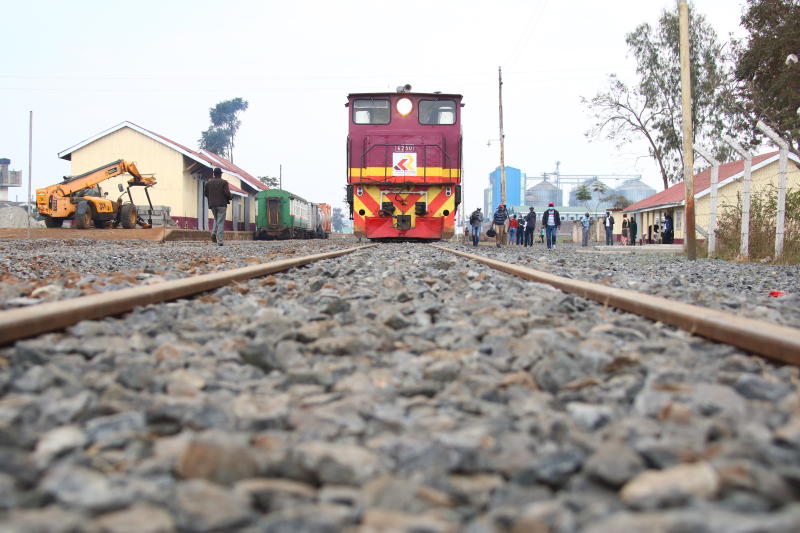
When the Kenyan transport sector’s history is finally written, Madaraka Express passenger and cargo services will occupy an important chapter.
As it marks its fourth anniversary on May 31, 2021 Madaraka Express has been credited with revolutionising travel in the country, offering charm and tranquility that can’t be matched by other modes of transport. Operated by the Africa Star Railway Operation Company (Afristar), in conjunction with the Kenya Railways Corporation (KRC), the Madaraka Express passenger trains travel at a speed of 120km/h, thus condensing the travel duration between destinations on the route.